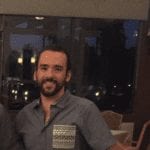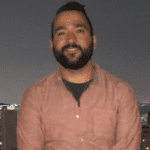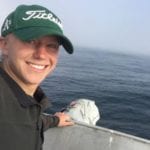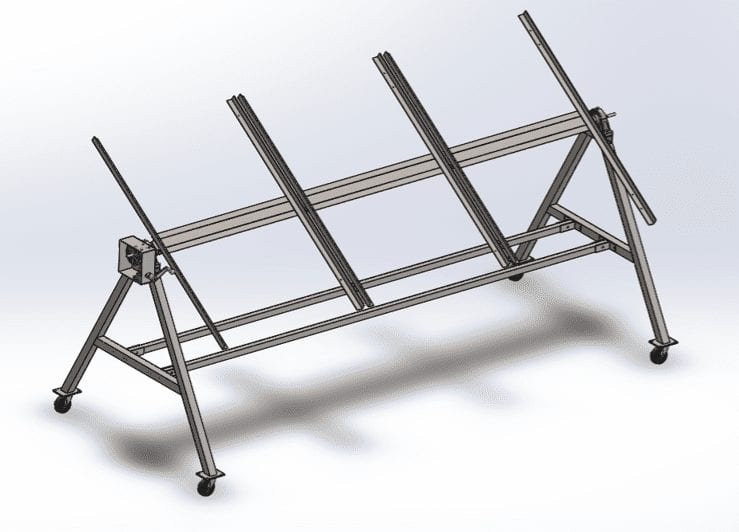Our Team

Justin Syracuse
Justin Syracuse is a 5th year mechanical engineer. He plans to utilize his knowledge in the energy industry and hopes to be a part of the large-scale management for solar panel projects. His professional interests include hands on projects, manufacturing, and wood working when he can. His personal interests include baseball, spending time with family, and spending as much time outside as possible.

Donald Syracuse
Donald Syracuse is a 5th year mechanical engineer from Cal Poly focusing on a general concentration. He’s looking to pursue the renewable energy industry when he graduates, specifically solar applications. He’s a native of San Luis Obispo County and enjoys building, hand on activities and spending time with family. Sports are one of his passions especially baseball, being a lifelong Dodgers fan.

Chris Ewert
Chris Ewert enjoys spending his free time working on his van or surfing. When he graduates, he would like to work in the marine engineering industry specifically on remotely operated vehicles. Ideally, he would end up doing conservation work to help protect fisheries and various endangered species. He believes it is his duty on this planet to live a healthy and sustainable life and to change industry practices to be more ecofriendly.

Jason Kehl
Jason Kehl is a 4th year General Mechanical Engineer who currently plans on graduating this Spring. At Cal Poly he has engaged in the American Society of Mechanical Engineers and the Delta Upsilon international fraternity. His professional interests include airflow over aerial vehicles and developing carbon-free energy sources. In his free time he enjoys hiking and camping along the central coast.
Acknowledgements
We’d like to extend a huge thank you to Professor Sarah Harding for her dedication to the Spring 2020 senior projects and the Mechanical Engineering Department, in particular Dr. Andrew Davol and Dr. Jacques Belanger for their technical assistance throughout the last year.
Our Project Videos
Our Project's Digital Poster
Ideation
Design 1: This design utilized a large rectangular base with a rotating bar in the front for tilt, and wheels to adjust azimuth. The panels would be secured in place by several brackets that would mount to the back of the panels.
Design 2: This design has an A-frame base that ensures stability, resembles a sawhorse design, and large clamps to fasten the panel to.
Design 3: This design is a single tripod for a base. The legs are stationary, and the azimuth adjustment uses a large bearing as opposed to wheels.

